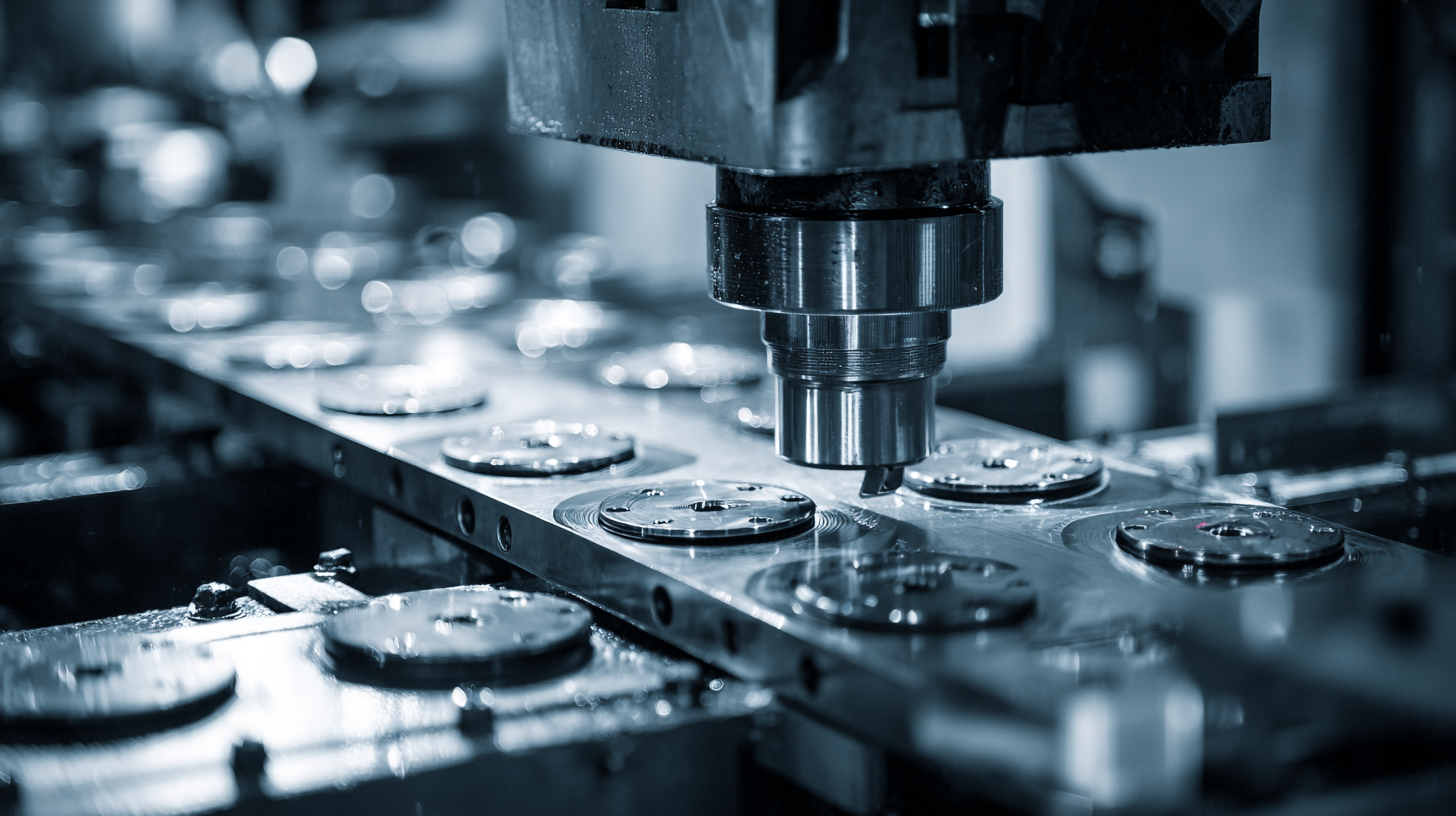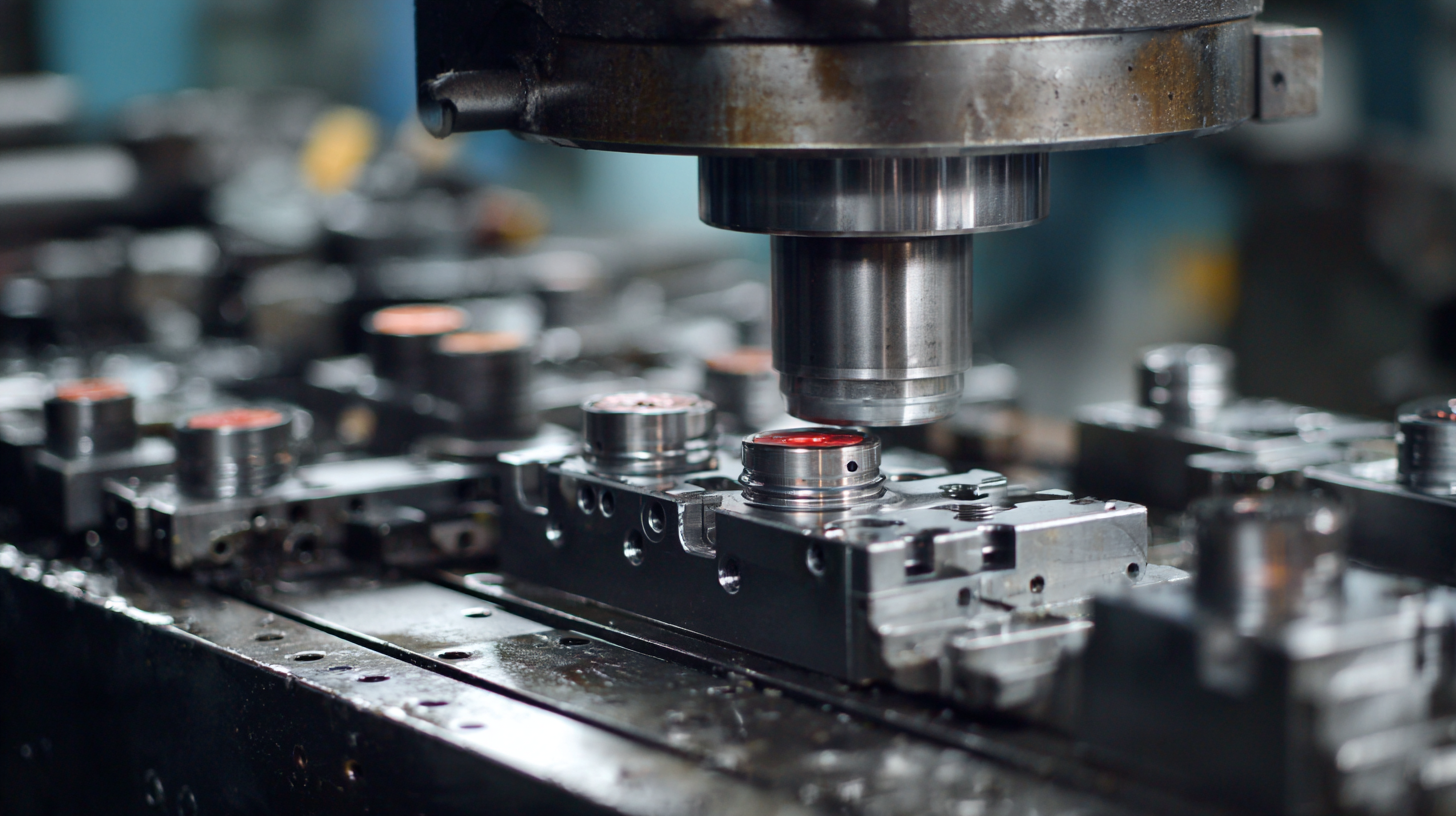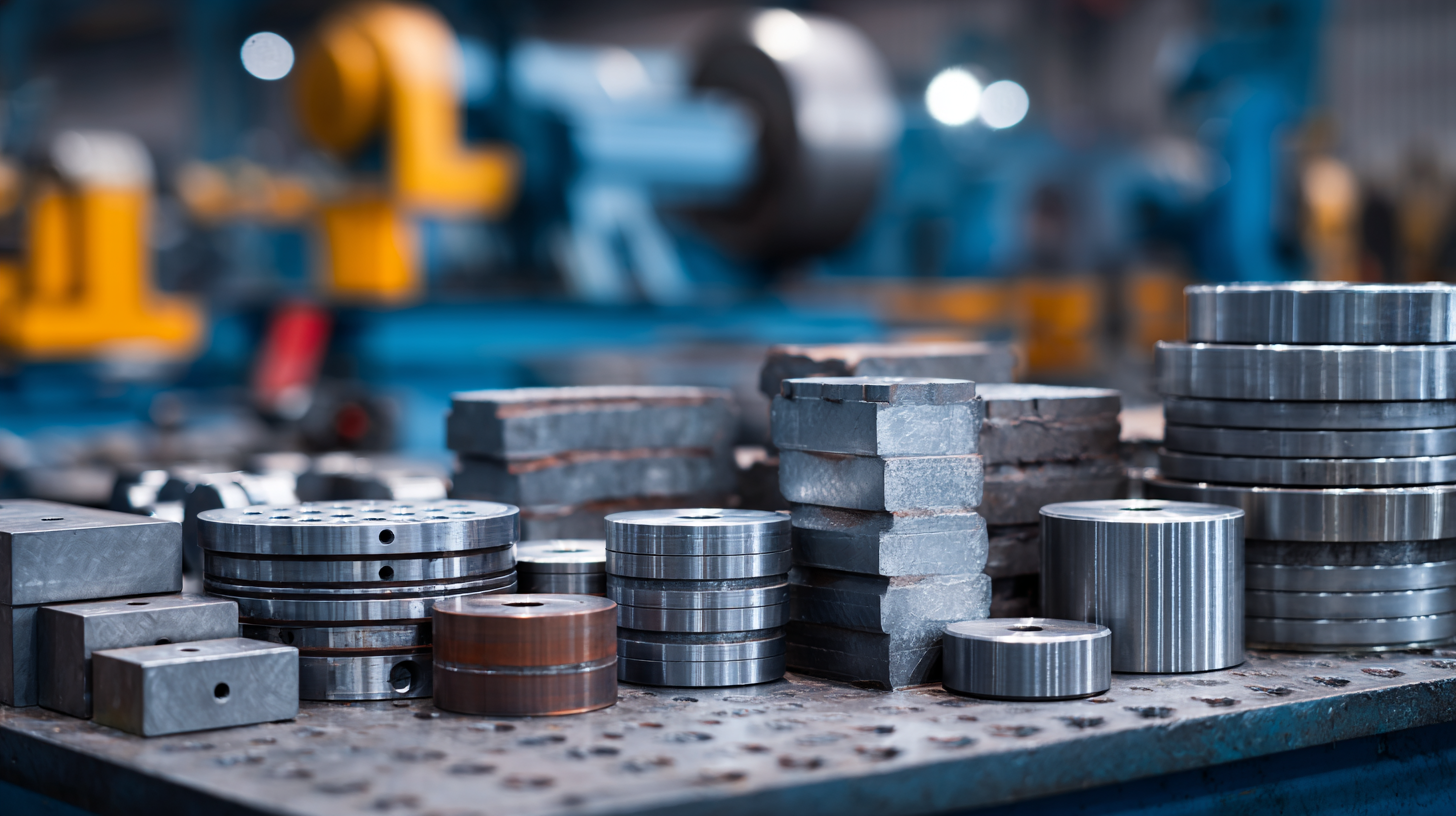Exploring the Diversity of Metal Stamping Products and Their Specific Applications
In today's rapidly evolving industrial landscape, the significance of Metal Stamping cannot be overstated. This versatile manufacturing process plays a crucial role in producing a myriad of components that serve diverse applications across various sectors, including automotive, aerospace, electronics, and consumer goods.
As we delve into the fascinating world of Metal Stamping, we will explore the different types of products that emerge from this technique, examining their unique characteristics and applications. From intricate brackets and housings to larger structural elements, understanding the diversity of Metal Stamping products is essential for optimizing production efficiency and enhancing product performance.
Join us as we uncover how this innovative process not only meets the demands of contemporary manufacturing but also paves the way for future advancements.
The Evolution of Metal Stamping: Trends Shaping the 2025 Industry Landscape
The metal stamping industry is witnessing a significant transformation, driven by advancements in technology and rising demand across various sectors. As we approach 2025, the evolution of metal stamping products reflects broader trends in automation and precision manufacturing. The integration of CNC machinery into metal stamping processes not only enhances efficiency but also facilitates the production of increasingly complex and diverse components. The projected growth of the CNC machine market, from $101.22 billion in 2025 to $195.59 billion by 2032, underscores the pivotal role that such technologies will play in shaping the landscape of metal stamping.

Moreover, the structural steel fabrication market is also set to evolve dramatically by 2032, influenced by trends in sustainable manufacturing and innovative materials. The shift towards lightweight yet robust designs is compelling manufacturers to adopt advanced metal stamping techniques, which ensure high-quality outputs while minimizing waste. These developments are essential for meeting the evolving demands of industries such as automotive, aerospace, and construction, where the need for efficient and reliable components continues to accelerate. As metal stamping technology advances, its applications will expand, paving the way for new opportunities and growth in the manufacturing sector.
Key Applications of Metal Stamping Across Various Industries in 2025
In 2025, the applications of metal stamping are projected to witness significant expansion across various industries. This versatile manufacturing process plays a critical role in the production of components for automotive, aerospace, and consumer electronics, catering to the growing demand for precision-engineered parts. The automotive industry, in particular, relies heavily on metal stamping for manufacturing lightweight, high-strength components that enhance fuel efficiency and safety. As environmental concerns rise, manufacturers are increasingly turning to sustainable practices, including the recycling of scrap metal, which is expected to propel the scrap metal recycling market to a valuation of USD 577.2 billion by 2034.
Additionally, advancements in technology, such as machine learning and automation, are revolutionizing the metal stamping process. These innovations are enhancing precision, reducing waste, and allowing for the production of more intricate designs, thus broadening the scope of applications in industries such as hardware and electronics. The robust growth forecasted for markets such as hardware precision stamping parts reflects the increasing reliance on efficient manufacturing processes, positioning metal stamping as a cornerstone of production in a rapidly evolving industrial landscape.
Exploring the Diversity of Metal Stamping Products and Their Specific Applications
| Product Type |
Industry Application |
Material Used |
Typical Use Case |
Market Growth (% CAGR 2023-2025) |
| Automotive Parts |
Automotive |
Steel |
Chassis Components |
6.5% |
| Electronic Casings |
Electronics |
Aluminum |
Computer Hardware |
7.2% |
| Medical Devices |
Healthcare |
Stainless Steel |
Surgical Instruments |
8.0% |
| Fasteners |
Construction |
Carbon Steel |
Building Structures |
5.0% |
| Brackets |
Furniture |
Aluminum |
Support Structures |
4.5% |
| Heat Shields |
Aerospace |
Titanium |
Heat Protection |
9.0% |
Innovative Technologies Driving Metal Stamping Efficiency and Precision
The rapid advancement of digital manufacturing technologies has ushered in a new era for the metal stamping industry, enhancing efficiency and precision across various applications. According to a recent report, the global metal stamping market is expected to reach $300 billion by 2025, fueled by innovations in automation and robotics. These technologies facilitate quicker turnaround times and reduce labor costs, paving the way for a more competitive landscape. Companies are increasingly adopting computer-aided design (CAD) and computer-aided manufacturing (CAM) systems, resulting in error reduction and streamlining production processes.
Moreover, the integration of Industry 4.0 technologies, such as the Internet of Things (IoT) and artificial intelligence (AI), is transforming how metal stamping operations are managed. By harnessing real-time data analytics, manufacturers can optimize productivity and enhance quality control. A recent survey highlighted that 75% of metal stamping businesses are investing in smart manufacturing solutions, illustrating a growing recognition of the importance of technological adaptation. This shift not only improves operational efficiency but also allows for customization and greater flexibility in meeting client demands, setting the stage for sustainable growth in the coming years.
Exploring the Efficiency of Metal Stamping Technologies
Sustainability in Metal Stamping: A Look at Eco-Friendly Practices in 2025
Sustainability in the metal stamping industry is gaining traction as manufacturers increasingly prioritize eco-friendly practices. According to a report by the International Metalworking Industry Forum, over 70% of metal stamping companies are implementing green initiatives in their production processes by 2025. These initiatives include the use of recycled materials, waste reduction strategies, and energy-efficient machinery. For instance, integrating renewable energy sources, such as solar and wind, can cut down production costs and carbon footprints significantly.

Moreover, advancements in technology are facilitating the adoption of sustainable practices within metal stamping. The adoption of Industry 4.0 principles, including IoT and smart manufacturing, allows real-time monitoring and optimization of resource consumption. A survey by the Metal Stamping Association indicates that companies employing smart technologies have reduced their material waste by up to 25% and improved overall operational efficiency. As the industry moves towards a greener future, stakeholders must embrace these innovations to ensure they remain competitive in an increasingly environmentally-conscious market.
The Future of Customization: Tailoring Metal Stamping Products for Specific Needs
The evolution of metal stamping technology has opened up new avenues for customization, allowing manufacturers to produce parts that meet specific requirements of diverse industries. As businesses strive for efficiency and uniqueness, tailored metal stamping products are becoming increasingly vital. This customization not only addresses unique design needs but also enhances functionality, leading to improved performance in applications such as automotive, aerospace, and electronics. By utilizing advanced technologies such as CAD software and CNC machines, companies can create intricate designs that reflect precise specifications.
Furthermore, the demand for personalized solutions is driving innovation in the metal stamping industry. Manufacturers are now investing in flexible production systems that can adapt quickly to changes in customer requirements, producing small batches of customized parts without sacrificing quality. This shift towards bespoke manufacturing enables companies to build stronger relationships with their clients, providing products that are not only fit for purpose but also differentiate them in a competitive marketplace. As industries continue to evolve, the future of metal stamping will increasingly focus on customization, ensuring that businesses can meet their specific needs more effectively than ever before.
 English
English English
English Español
Español Português
Português русский
русский Français
Français 日本語
日本語 Deutsch
Deutsch tiếng Việt
tiếng Việt Italiano
Italiano Nederlands
Nederlands ภาษาไทย
ภาษาไทย Polski
Polski 한국어
한국어 Svenska
Svenska magyar
magyar Malay
Malay বাংলা ভাষার
বাংলা ভাষার Dansk
Dansk Suomi
Suomi हिन्दी
हिन्दी Pilipino
Pilipino Türkçe
Türkçe Gaeilge
Gaeilge العربية
العربية Indonesia
Indonesia Norsk
Norsk تمل
تمل český
český ελληνικά
ελληνικά український
український Javanese
Javanese فارسی
فارسی தமிழ்
தமிழ் తెలుగు
తెలుగు नेपाली
नेपाली Burmese
Burmese български
български ລາວ
ລາວ Latine
Latine Қазақша
Қазақша Euskal
Euskal Azərbaycan
Azərbaycan Slovenský jazyk
Slovenský jazyk Македонски
Македонски Lietuvos
Lietuvos Eesti Keel
Eesti Keel Română
Română Slovenski
Slovenski



